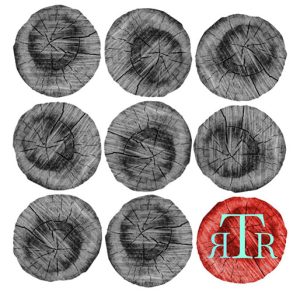The Laurel Review – Winter 2008
Volume 42 Number 1
Winter 2008
Biannual
Kenneth Nichols
The Winter 2008 issue of The Laurel Review is filled with poetry and fiction interested in examining the way thoughtful people try to reconcile themselves with nature while maintaining a special humanity. The poems and stories are imbued with a grounded, tactile love of flora and fauna, gentle breezes and warming sunlight to which we can all relate.
The Winter 2008 issue of The Laurel Review is filled with poetry and fiction interested in examining the way thoughtful people try to reconcile themselves with nature while maintaining a special humanity. The poems and stories are imbued with a grounded, tactile love of flora and fauna, gentle breezes and warming sunlight to which we can all relate.
Claire Bateman’s poems, “Rupture” and “Self-Diagnosis,” walk the line between abstract thought and concrete image that invite the reader to engage in a meaningful discussion. How much does our humanity matter in the larger view?
On the fiction side, PJ Piccirillo presents “The Wagon Woman.” Once the narrative got going, I was fully engaged by the author’s depiction of one-time lovers and what time has done to them in their unforgiving landscapes. (This includes two kinds of landscape: that of climate and emotion.) It’s amazing what happens inside the human heart, how one can erase distance across “the blue ice of age, that condensed time between old friends that is so solid and passable you can skip right over all that happened between.” The first-person narrator makes it clear the story will not end happily, but Piccirillo unfurls the story in a satisfying way.
The issue includes a poetry portfolio selected by Martha Rhodes. The Laurel Review selects poetry that employs musical language and unexpected imagery. “One Mississippi,” from Ida Stewart, makes use of both of these techniques, propelling the reader along with definite momentum. Among the many standouts are Robert A. Ayres’s “Shot,” a poem that explores the artist’s perception and responsibility. Daniel Tobin’s “Intruders” employs beautiful, potent imagery to depict something we might consider ugly: rodents.
[catpages.nwmissouri.edu/m/tlr/laurel/index.html]




